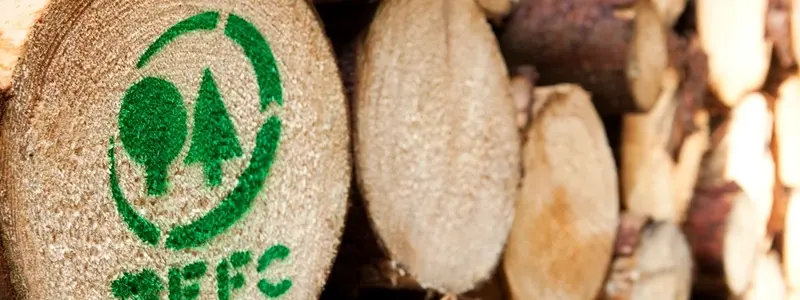Print: Deforestation or Reforestation (a story about Greenwashing)
Tonight I picked up some worm tablets for the dog and jokingly said “wow – that’s a massive box for a tiny tablet”.
The very nice lady said “yeah, just slowly killing the planet”.
I didn’t want to be that boring guy talking about paper in public but it does always surprise me that it’s still demonised.
The largest causes of deforestation are agriculture, unsustainable logging, mining, infrastructure projects, and increased fire incidence and intensity. Not Paper
Greenwashing is practice of making an unsubstantiated or misleading claim to be environmentally friendly in order to attract consumers who are concerned about sustainability.
Inaccuracies about paper are still a major issue for print.The problem is compounded by financial organisations, utility companies and many other service providers, as they increasingly try to switch their customers to to electronic correspondence such as bills and statements when it’s generally a cost saving exercise for them and nothing to do with sustainability.
These messages are unsubstantiated, misleading and can have a lasting effect on consumer perceptions of paper.
Paper is based on wood, a natural and renewable material. Paper is one of the most recycled products in the world and epitomises the circular economy model of make, use, recycle and reuse.
How to know you’re doing everything you can?
Great question, the obvious answer is to use us but here’s a couple of things you can look for in current suppliers.
1. Look for third-party certifications: When choosing a printing company, look for certifications from reputable organisations such as the Forest Stewardship Council (FSC) or Programme for the Endorsement of Forest Certification (PEFC).
2. Ask for transparency: If a printing company makes claims about its environmental practices, ask for specific details and evidence to back up those claims. A transparent company should be able to provide information about its sourcing, production processes, and environmental impact.
3. Research. Most companies have their green credentials on their website now (look in our about section for ours). Their certification will all come with licence numbers so can be checked and it should be clear if they are just covering the bare minimum or really thinking about it. It should really be clear in their company values and blog posts too (hint hint)
Facts and Figures:
1. According to a study by Two Sides North America, paper-based communication has a smaller carbon footprint than digital communication. The study found that the carbon footprint of a single email with a large attachment is equivalent to the carbon footprint of a sheet of paper printed on both sides.
2. In 2022, a total of 55 million tonnes of paper was collected and recycled in Europe – a recycling rate of 71%.[1] This is approaching the estimated practical maximum of 78%. In 2021, the signatories of the European Declaration on Paper Recycling declared their commitment to reach a 76% paper recycling rate by 2030.[1]For paper packaging, the recycling rate is even higher, with 82% of paper and cardboard packaging being recycled in Europe. Paper is the most recycled packaging material, followed by glass (76%), metal (76%), and plastic (38%).
3. 73% of wood and even 90% of market pulp comes from forest management certified sources.CEPI, Forest Resources, 2023
4. Between 2005 and 2020, European forests grew by 58,390 square kilometres – that’s an area bigger than Switzerland and amounts to over 1,500 football pitches every day!Two Sides Analysis of FAO data, 2005-2020
5. In Europe, 71% of paper[1] and 83% of cardboard packaging[3] is recycled
6. The electronic waste problem is also colossal and growing. In 2019, the industry was responsible for a gigantic 53.6 million metric tonnes of e-waste across the world. That’s equivalent to the weight of 350 cruise ships. E-waste is expected to increase to 74.7 Mt by 2030 and reach as much as 110 Mt by 2050, unless we change our practices.
Click here for ‘Info from Two Sides (a great resource).

